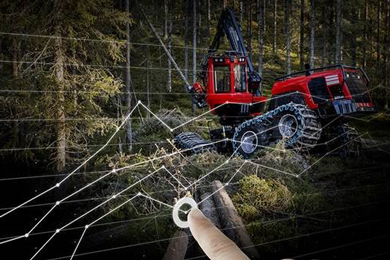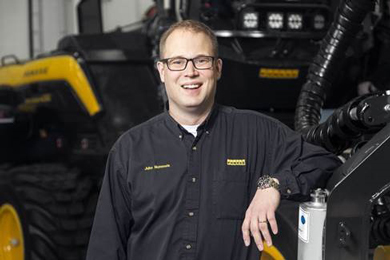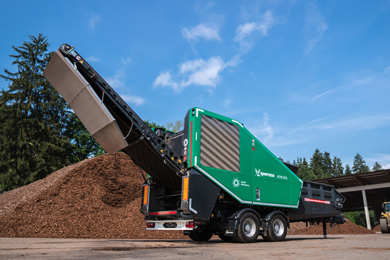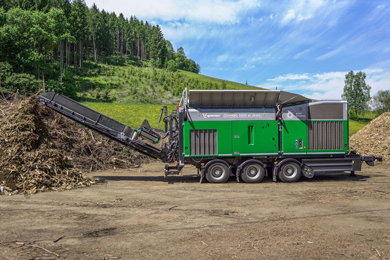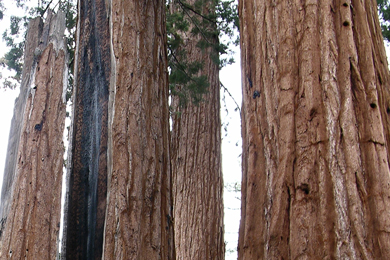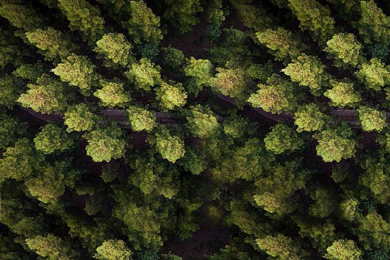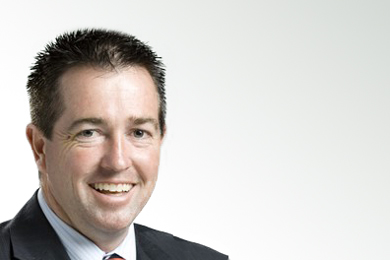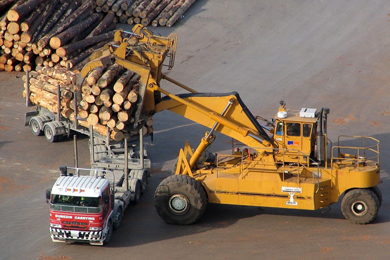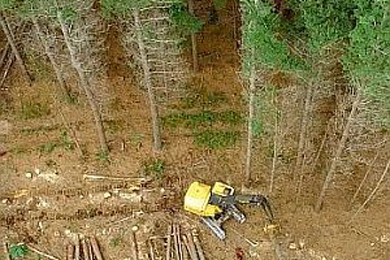Very popular when last run in 2017 HarvestTECH 2017 SOLD OUT well in advance of the event even running. Over 450 harvesting and wood transport contractors, harvest planners, forest managers and equipment and tech providers met up at one place, Rotorua, New Zealand over a couple of days. It was the largest gathering yet seen in New Zealand.
In addition to having most harvesting contractors from throughout the country attending, the FIEA event drew in a large contingent of contractors and forest managers from throughout Australia, as well as attracting key equipment suppliers, researchers, forestry companies and international contractors from Europe, the US, Canada, Papua New Guinea and Asia. As well as the two-day conference and over 40 displays, two one-day field tours ran for HarvestTECH 2017 delegates.
So, the two-yearly gathering has been scheduled for next year. Mark the dates 26-27 June 2019, Rotorua New Zealand for the two-yearly harvesting event, HarvestTECH 2019. Early details on the programme can be found on the event website. At this early stage, Expressions of Interest to present at the harvesting event are being sought.
If you are keen to be a speaker at the conference and you are an early adopter, developer, innovator, contractor, technology or equipment supplier, service provider or researcher involved in wood harvesting operations, they would like to hear from you.
What’s being covered?
– Recent innovations in steep slope and winch assist harvesting
– Getting the best out of existing hauler & ground-based operations
– Harvest planning – new systems really making a difference
– Effective use of collected data from your harvesting operation
– Options for eliminating log sorts and reducing landing sizes
– Tools & Systems for harvesting smaller woodlots
– Remote sensing technologies for harvest planning and operations
– Solutions for improving in-forest communications
– Increased automation and mechanisation – new R&D
– Remote control, robotics, virtual reality and automation in the bush
– Filling the skills gap in harvesting
Interested speakers or exhibitors – or others who’d like to look at building in visits, tours or meetings in and around this major harvesting event, please contact Brent Apthorp (Tel: (+64) 21 227 5177) or brent.apthorp@fiea.org.nz BEFORE Friday 19 October.

